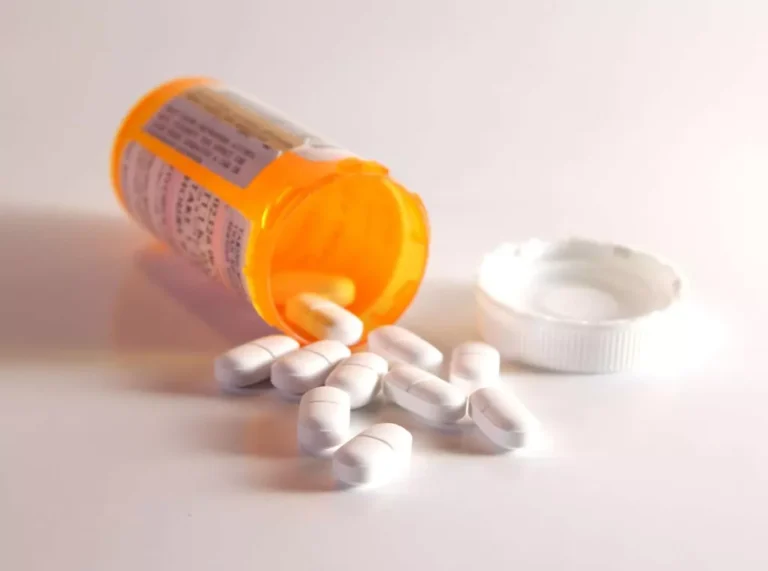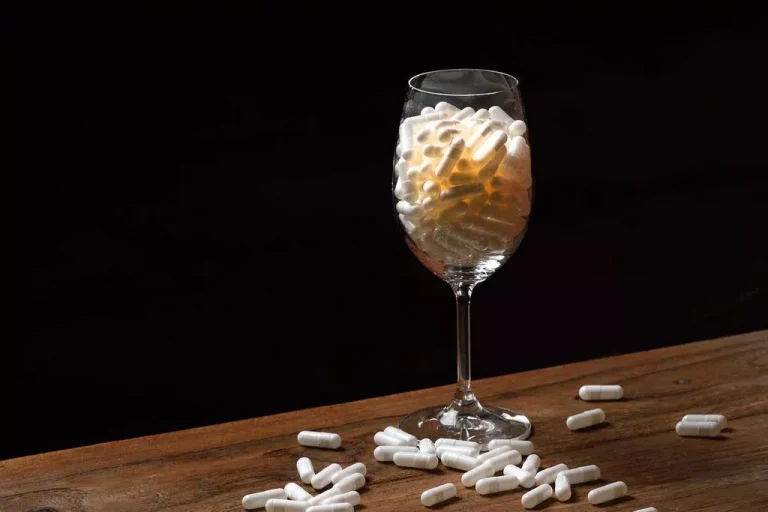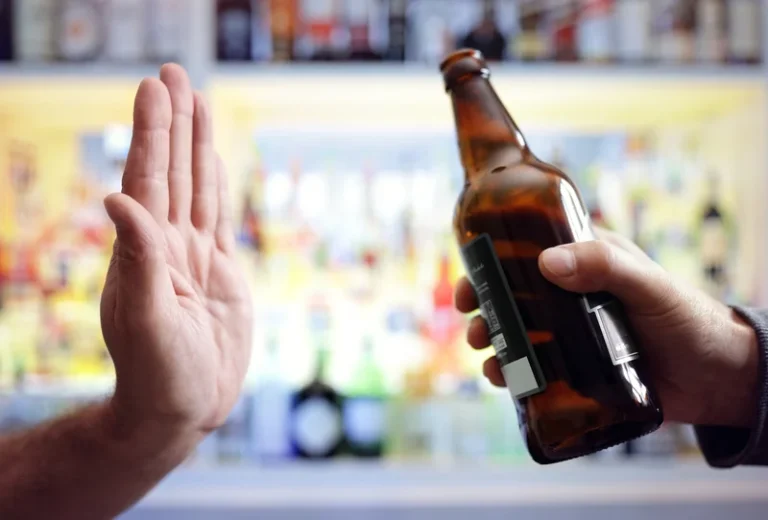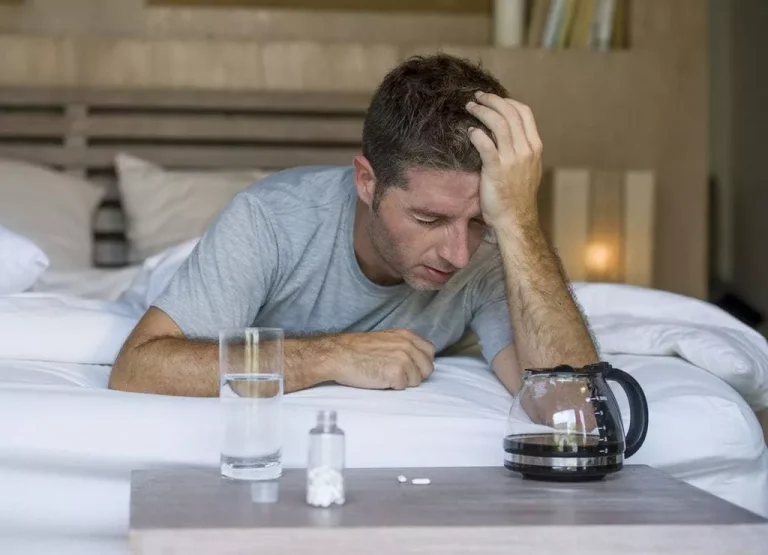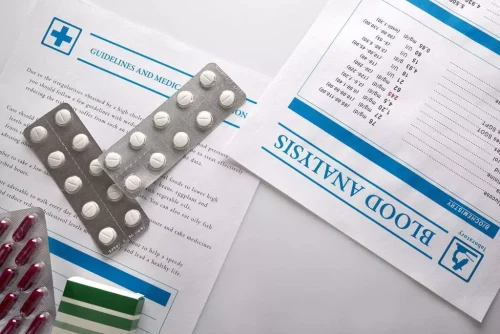
Changing one’s life is not easy, often painful, even though the changes are for the better. For many, stress, anxiety, and depression accompany early recovery. By training the mind to focus in one place and stay in the moment, meditation helps the recovering person relax and move forward.
Want a calmer brain? Try this
- Meditation is ultimately intended to ground you in the moment, and most people report feeling extremely calm afterward (and some even fall asleep during their meditative practices).
- Being mindful is about being present, increasing our awareness, and opening our eyes to the reality of now.
- Often, a meditation instructor selects a mantra to allow you to achieve mindfulness and spiritual experience.
- If you or a loved one is struggling with a substance use disorder, there is help available.
- Similarly, functional neuroimaging methods are needed to test novel hypotheses, such as the restructuring reward hypothesis (“Do MBIs restructure the relative responsiveness to drug and natural rewards by increasing functional connectivity between top-down and bottom-up neural circuits?”).
- Millati Islami reports that its modified 12 steps and traditions, which incorporate Islamic principles, are of great benefit to Muslims in recovery.
Null effects of MBIs observed in Stage II or III clinical trials might very well be qualified by extent of mindfulness practice, and thus mindfulness practice engagement should be tested as a treatment outcome moderator. Furthermore, responder analyses might reveal that individuals classified as non-responders are those who do not meet the minimal therapeutic dose of mindfulness skill practice whereas individuals classified as responders are those who surpass this minimal therapeutic dose of practice. Results indicated that studies with samples of only men experienced larger reductions in levels of craving and stress, and significantly larger increases in levels of mindfulness, compared to studies with samples comprised only of women or studies with samples comprised of women and men.
Online Therapy Can Help
Building new skills does not happen quickly, so patience while learning and practicing this new coping technique is essential. In focused meditation, participants choose one of the five senses as the center point of meditation. For example, you may focus on the sound of a bell or the sight of a fire burning in the fireplace. Your mind may drift, but it is important to bring your focus back to which sense you’ve chosen to perceive. In spiritual meditation, the focus is on using silence to find your connection with God or the universe.
Harvard Health Blog
Meditation is a valuable part of these services for interested clients.Contact The Recovery Villagetolearn about admissions, treatment options and how our programs can help you begin living a substance-free life. While we are primarily focused on bringing to light religious and https://ecosoberhouse.com/article/cognitive-dissonance-treatment-in-sober-living/ spiritual contributions to substance abuse recovery, we also believe that programs without these elements are valuable and helpful to many people, including religious people. The Secular Organization for Sobriety (S.O.S.) is an alternative to the 12-step model of recovery but “welcomes the attendance of religious, as well as nonreligious persons” (Secular Organization for Sobriety n.d., paragraph 3).
My experience with mind-body therapies for addiction
- And this represents only a portion of the faith-based work addressing the addiction crisis.
- These questions can be answered by investigating how mindfulness training influences the time course of neural responses to drug cues.
- Adding this to the VSL estimates yields the total annual valuations of congregational recovery support groups at a low $151.0 billion, a middle $237.9 billion, and a high $316.6 billion.
At Adelante Recovery Centers, we proudly stand as leaders in addiction treatment, offering innovative addiction treatment programs and holistic approach to recovery. Our cutting-edge approach combines advanced therapies with traditional methods, ensuring each patient receives the tools necessary for successful, long-term sobriety. It’s also essential to recognize that meditation is not a universal remedy; it may work differently for each individual. Personalizing meditation practices to suit individual preferences and comfort levels is key. This might involve experimenting with various meditation techniques, such as guided imagery or mindfulness, to discover the most effective approach. While the benefits of meditation in the context of addiction recovery are significant, it’s equally important to consider potential challenges.
Additionally, meditation is a potent tool for alleviating stress, anxiety, and other emotions triggered and exacerbated by the process of addiction recovery. By promoting relaxation and a sense of calm, it aids individuals in navigating emotional turbulence without resorting to substance use. Although it’s a helpful tool for managing stress through recovery, it’s not a replacement for treatment. You’ll still need to undergo professional treatment and support for long-term sobriety.

Elucidating the neurobiological mechanisms of mindfulness as a treatment for addiction

Meditation techniques can be implemented in any type of addiction treatment program. Some of these treatments include inpatient rehab, outpatient addiction treatment programs, and continued aftercare treatment. Individuals who practice meditation gain insights into themselves that help them make decisions that support their physical and mental health and wellbeing. Recovering addicts who keep in touch with themselves through daily meditation are more likely to recognize early warning signs that they may be headed for relapse. They can then use their other recovery tools to keep destructive behavior at bay.
- We introduce and flesh out a typology of faith-based substance abuse treatment facilities, recovery programs, and support groups.
- The Foundation is a registered corporation and has IRS recognition as a nonprofit 501(c)3 organization in the USA.
- Effective, lifelong recovery starts by treating the whole person, not just the substance use disorder.
- The Foundation is a non-partisan charitable organization working with business people, academics, government officials, and community leaders from multiple faiths (or of none) to accomplish its mission.
- Fortunately, practicing mindfulness and meditation techniques doesn’t require special equipment or training.
- For instance, a study by Lyons et al. (2010) found that up to 82% of clients who experienced a spiritual awakening during substance abuse treatment and recovery were completely abstinent at a 1-year follow-up compared with 55% of non-spiritually awakened clients.
- Practice being mindful with these tried-and-true activities recommended by recovery expert and author Beverly Conyers—they might be just what you’re looking for.
Currently, the federal government does not provide data that differentiate between faith-based and non-faith-based grantees. As shown in Table 4, nearly 11% of federal grant funds went to faith-based organizations (2007). The proportion today is likely in the same ballpark, indicating that much of the work of faith-based organizations to address substance abuse is accomplished with relatively little government funding. Christian groups are not the only faith traditions to adopt and adapt the A.A.’s 12-step approach. Beit T’Shuvah, a residential 140-bed Jewish addiction treatment center and congregation, incorporates Jewish spirituality into its 12-step program. Millati Islami World Services, founded in Baltimore, Maryland, is a 12-step recovery program based upon Islamic principles (Ali 2014; Millati Islami World Services n.d.).

Other Proven Addiction Therapy Methods
- The vast majority of state-of-the-art substance abuse treatment and recovery programs in the USA include a key component that is spiritual but not necessarily religious (i.e., the 12-step recovery assistance program that A.A. and N.A. have developed and popularized).
- Many therapists offer guided meditations during their individual and group therapy sessions.
For example, Koenig and Vaillant (2009) found that frequent religious attendance at midlife (ages 45–47) was protective against alcoholism and predicted a significant increase in subjective well-being by the age of 70, independent of other predictors and baseline well-being. In pharmacological research, it is imperative to meditation for addiction recovery examine dose–response relationships to identify the optimal therapeutic dose. Dose–response curves can help to identify the dose needed to achieve a satisfactory clinical outcome while minimizing the side-effect profile of the drug. Although MBIs delivered in clinical settings appear to have few adverse effects 79, the costs and time required to deliver complex behavioral treatments like MBIs necessitate dose–response considerations to identify the minimal therapeutic dose.
Mindfulness-based treatment of addiction: current state of the field and envisioning the next wave of research
It is important to find a mantra that you are comfortable with and that allows you to focus. Although mindful meditation cannot cure cancer, studies have found it helps lung cancer and breast cancer patients deal with pain, stress, low self-esteem and fatigue. One study also found people with chronic pain who meditated were able to reduce their pain by up to 42%, which led to better sleep, improved mood and better activity levels. Both of our studies (2016 and this new study) were made possible in part by a grant from Faith Counts, LLC, a nonprofit, non-denominational organization comprised of faith communities representing nearly 100 million Americans. The Religious Freedom and Business Foundation, of which Brian Grim is president, also contributed funds and resources that helped make this research possible. The Foundation is a non-partisan charitable organization working with business people, academics, government officials, and community leaders from multiple faiths (or of none) to accomplish its mission.
